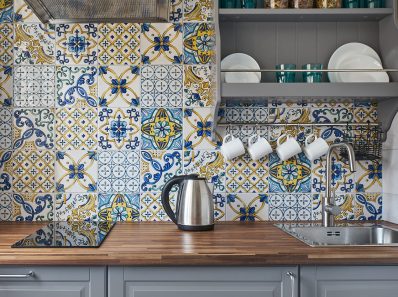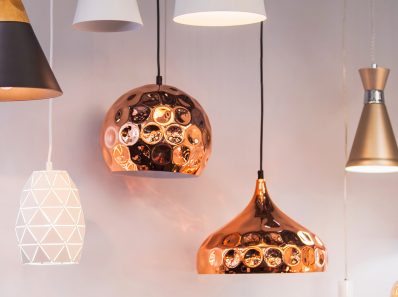Lighting is one of the most fundamental features of our homes. It can be hard to know how to get it right for the space, particularly if you’re working with an older building or challenging dimensions. From traditional Tudor homes to 90’s new builds, choosing the right lighting fixture can be a truly difficult task.
Zoe Newson, professional Interior Designer and Interior Consultant for pre-owned marketplace Vinterior, has advised on how you can select great lighting pieces to compliment the era of your home, to remove the guesswork around lighting styling.
Lighting in Tudor Homes
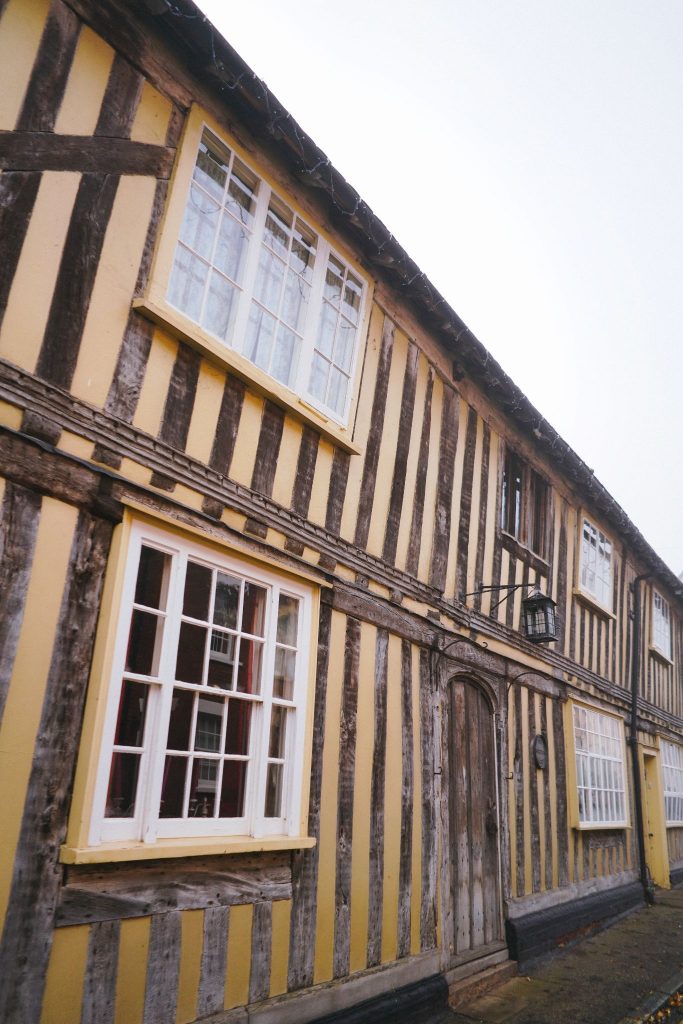
Typical properties: Small windows, dark wood, low ceilings
“Tudor homes, while beautiful, certainly present their challenges when it comes to decorating.
Particularly when it comes to lighting. The small windows and low ceilings can often make rooms feel cramped and dingy, so to nail the interior design, getting savvy with lighting is essential.
Use level lighting to make the space feel bigger. For a Tudor home, I’d recommend high lighting which typically includes downlights for task lighting. This would work well for a kitchen or bathroom where task lighting is often needed for cleaning.
As Tudor homes tend to have low ceilings, In more relaxed rooms like bedrooms and sitting rooms, you can use varied-level lamps to give the illusion of different heights. Shadows combined with the pre-standing low ceilings will do the space no favours.
Spread some wall lights around the room, as this will distribute the light around the space, making it feel infinitely bigger. Position these in the middle of the wall, perhaps lower than you’re used to, creating the illusion that the ceilings are higher.
Most searched-for room: Hallway (1,300 monthly searches)
“Tudor hallways need lots of help when it comes to lighting, as you don’t want to welcome guests into a darkened home. Use this opportunity to get your authentic light fixtures in, like table lamps and pendants. Add in a shorter, antique chandelier to draw the eye up, and add a unique touch to your home’s entrance.”
Lighting in Georgian Homes
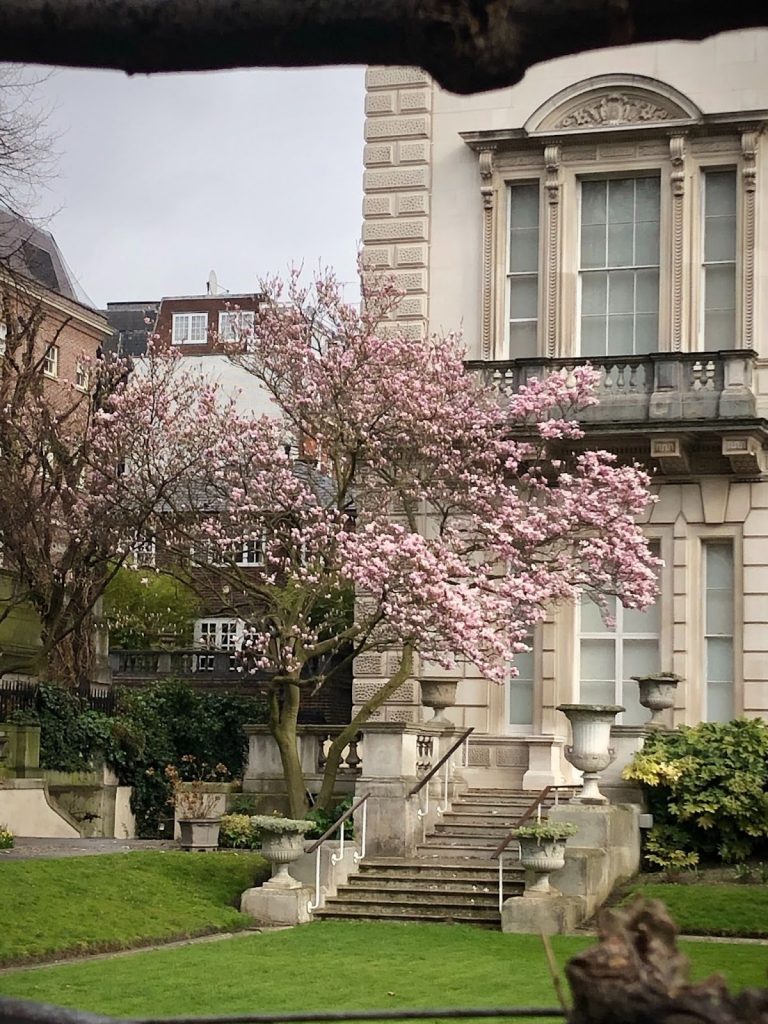
Typical properties: Brick, embellished doorways, symmetrical
“Georgian homes typically have a lot of natural light to play with, due to their generally large size and beautiful giant windows. This allows homeowners to get a little more creative with their lighting, as you have the use of natural light in most zones of the interior.
Due to the large size of Georgian homes and rooms, you can risk the space looking empty and dull if you don’t fill them sufficiently so when it comes to lighting, something grand is perfect.”
Most searched-for room: Kitchen (480 monthly searches)
“On the subject of Georgian kitchens, the opportunity to light them authentically to the time period presents itself perfectly. Play around with different lighting features to create depth, like under cabinet task lighting or a vintage overhead chandelier that will perfectly complement the space.”
Lighting in Victorian Homes
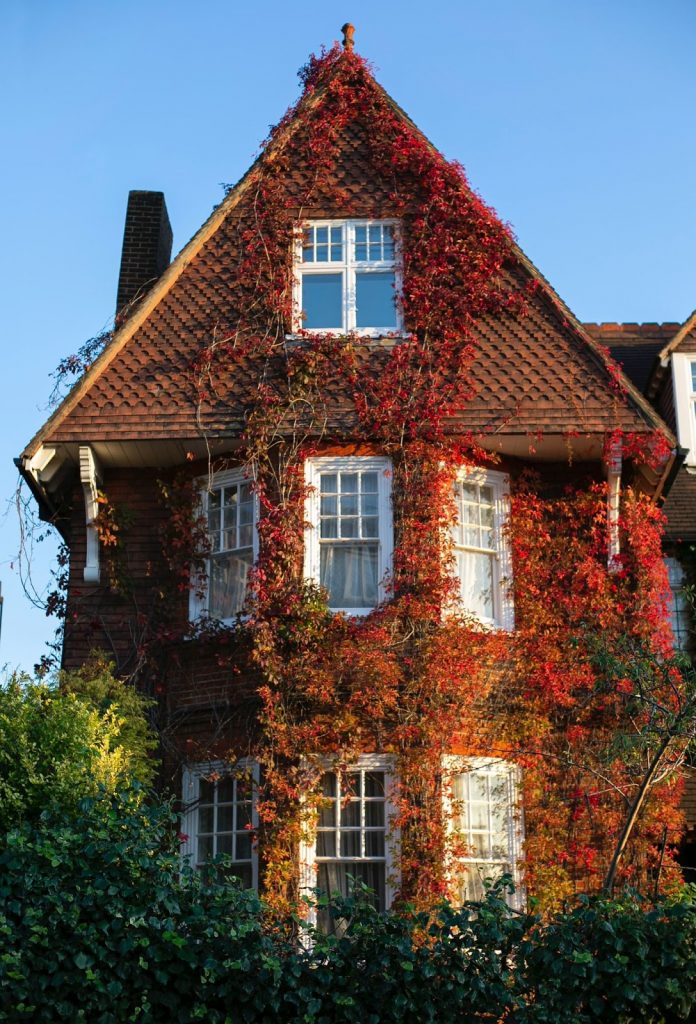
Typical properties: Many small windows, high ceilings, ornate features
Most searched-for room: Hallway (9,900 monthly searches)
“High ceilings are a common trope of Victorian properties, but unlike Georgian period homes, they don’t always benefit so much from large windows, as they often have a mix in sizing.
This means having evenly-spread lighting is integral to maintaining a bright, welcoming space like a hallway or stairwell.
Make the most of the high ceilings with a feature chandelier and then use a mixture of table and standing lamps to light the corners the overhead light doesn’t reach. The high ceilings and often uniquely shaped rooms give you the opportunity to really get creative, mixing and matching vintage and modern lighting pieces together and experimenting with varied textures & colours, such as a patterned lampshade or metal anglepoise wall light.”
Lighting in Edwardian Homes
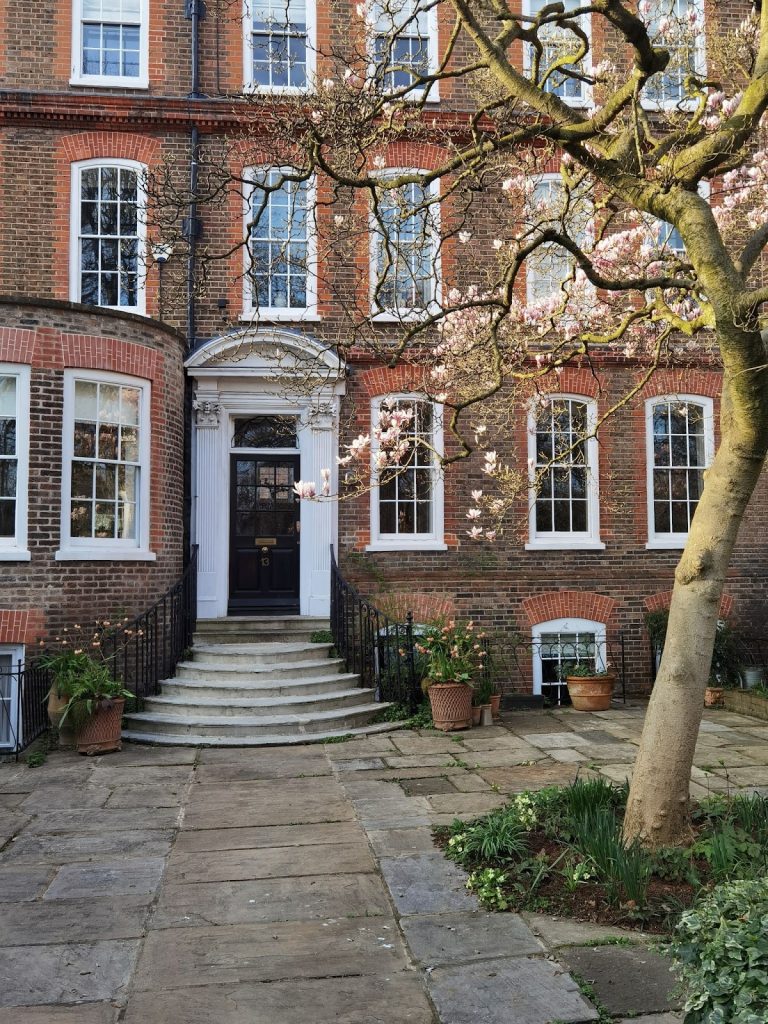
Typical properties: Large proportions, ornate decorative details
“Edwardian homes tend to have intricate details which make them visually interesting before you even start decorating. Unlike a Georgian home, their large proportions don’t make them appear bare. The use of stained glass windows or doors, alongside detailed architraves and coving are key features within an Edwardian property.
Therefore, simple lighting is most effective to complement its surrounding features. Create an interesting detail by adding ceiling roses around a pendant. A more simple fixture, such as a glass drop pendant would complement the space perfectly.”
Most searched-for room: Bathroom (720 monthly searches)
“Edwardian bathrooms are often characterized by adding free-standing sanitaryware such as a roll top bath or vanity units with integrated basins.
Unlike the rest of the home, in an Edwardian-style bathroom, I would suggest using wall lights to illuminate the space, as this lighting is more calming and flattering, which will ensure you enjoy your luxurious free-standing bath as much as possible. You can also add downlights for the practicality of cleaning, or even additional wall lights around a vanity to create a glamorous area to get ready for the day.”
Lighting in Art Deco Homes
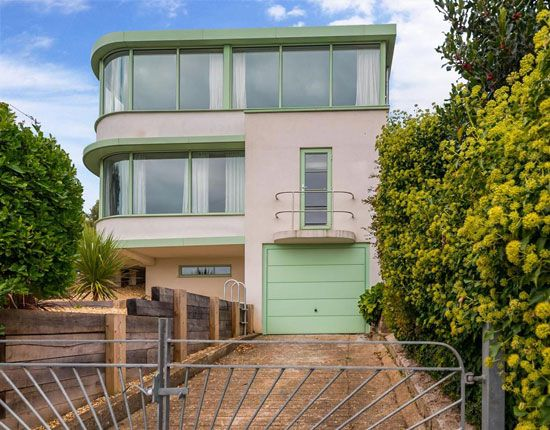
Typical properties: Geometric ornamentation, bright colours, curved edges
Most searched-for room: Bathroom (2,900 monthly searches)
“This is the period where architecture really started to change. The decadence and detail were swapped for quirky shapes and unique styling, a mirroring of the famous Bauhaus architecture.
As such homes are so distinctive, I would always recommend keeping the decor interior in keeping with the exterior, otherwise, the home can look a little disjointed. This is particularly important in your lighting choices.
Art-deco chandeliers are characterised similarly to the properties themselves – often unconventional and always interesting. For your hallway, or even to go above a table, I recommend something with a warm hue, like this bowl-shaped piece.”
Lighting in a 70s Terrace Home
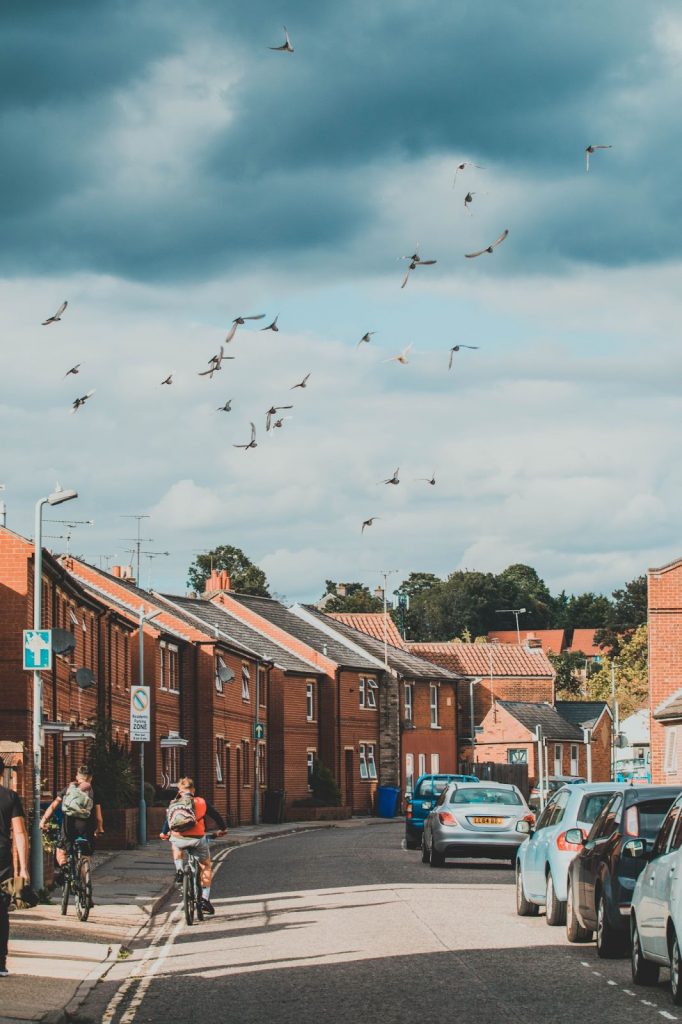
Typical properties: Boxy shape, tile features, open plan
“Open-plan living has remained a popular style for many years now, so this architectural layout is perfect for putting your unique stamp on a property.
The trouble can be segmenting the space to avoid your home looking chaotic and aimless. This is where lighting can be really effective.”
Most searched-for room: Living room (720 monthly searches)
“In large spaces, avoid having lighting fixtures or accents right in the centre of a spacious, open-plan room, as this doesn’t allow for the separation that really benefits the space. Instead, focus on creating zones within the space-low level pendants over a table, floor or table lamps near relaxed seating, downlights or reading lights for task/practical areas, for example, if you have a desk in the lounge.
In your living space, add table lamps and floor lamps in the corners to create a versatile environment. Not to mention, it’s the perfect opportunity to incorporate some gorgeous 70s accents into your interior design, befitting with the property.”
Lighting in the 90s/00s New Build Home

Typical properties: Traditional style features, classic dimensions
Most searched-for room: Bathroom (170 monthly searches)
“These homes provide the perfect blank canvas for interior design, with their classic dimensions allowing you to make your mark without constraint. The only thing perhaps to note is that rooms tend to be boxier.
To work well with the smaller rooms, focus more on alternative layer lighting, rather than relying on an overhead pendant. Instead of opting for statement pieces that take up significant space, blend your fixtures into the decor in terms of colourways and the finish.”
Lighting in a Modern Minimalist Home
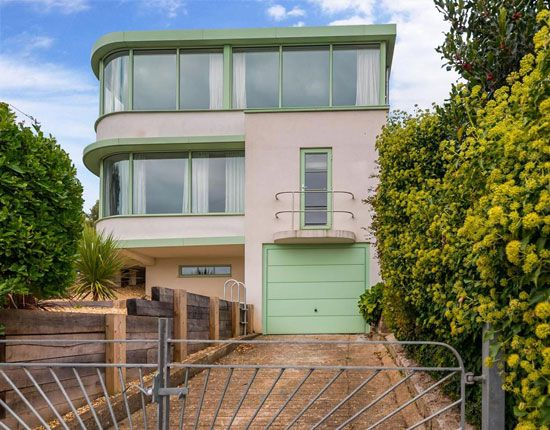
Typical properties: Sharp edges, scattered windows, uncomplicated open spaces
“The more modern homes, with a conventionally angular ‘minimalist’ style, lend themselves well to Scandinavian-inspired interiors.
This type of design has become a classic staple in the contemporary age. Neutrals, simplicity and linear lines are at the core of the architectural and design era, so embrace this through your lighting, too.
Something sleek and angular would perfectly complement the home design, such as a mid-century style lamp. Don’t be afraid to go bold too – just because you’re opting for ‘minimalism’ doesn’t mean you can’t have a centrepiece.”
Most searched-for room: Bedroom (2,900 monthly searches)
“A ‘modern minimalist’ bedroom will usually have lots of natural light, from the big windows and open space, so you have the opportunity to use the overhead lighting for style above functionality.”
Lighting in Flat Conversions
Most searched-for room: Office (140 monthly searches)
Typical properties:
“Although this home style wasn’t born from a period of architecture, it does account for a big portion of the UK’s living situations (21% of all dwellings).
Often, large older buildings are converted into flats, and although they will have traits of the building they’re in, they also face their own, unique challenges.
The most important thing to consider in a flat is space. Flats are generally smaller spaces than houses, having only one floor, so using lighting to trick the eye is a clever way to make them feel more spacious. Draw the eye upwards with a striking pendant to create the illusion of more space.
Flats tend to be great options for renters before they buy their first home, so when you’re lighting a flat consider investing in pieces that transition well into other spaces. Think versatile and removable.”

